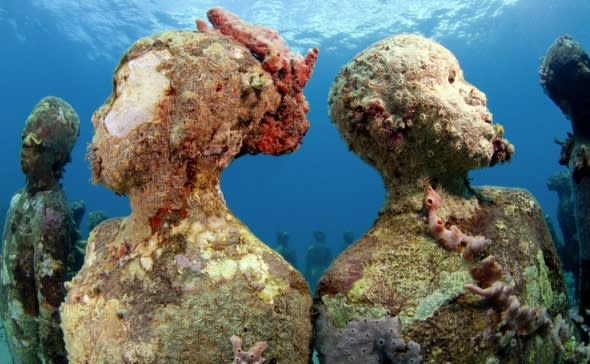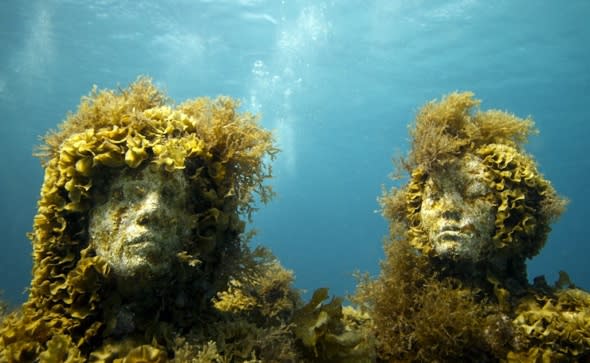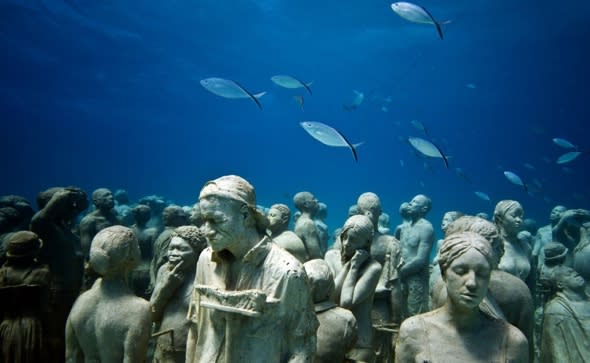Canary Islands to host Europe's first underwater museum?

The Canary Islands could be set to host Europe's first underwater museum.
A British sculptor called Jason deCaires Taylor has reportedly signed a contract with the government of the island of Lanzarote to display his work on the seabed off Las Colorados Beach, near the tourist spot of Playa Blanca.
According to the BBC, the cement artworks are modelled on local people, and are designed to attract plant life and colonies of sea creatures.

The project, called the Museo Atlantico Lanzarote, will take two years to complete and will cost €700,000 euros to install.
Two per cent of revenues will be given over to ecological research.
But the plan hasn't been welcomed with open arms by everybody.
Some opponents have complained that the public authority has not been consulted, and some locals suggest the money would be better spent on healthcare.

According to earthporm.com, Taylor is a scuba diving expert, underwater photographer and underwater conservationist.
He wanted to come up with a way to help the declining coral reef populations, and believes his sculptures are the perfect place for coral reefs to form.

Taylor opened his first underwater museum, located in Molinere Bay, Grenada, West Indies, in 2006. He then opened up an even larger underwater museum called MUSA off the coast of Cancun, Mexico. Known as the world's 'largest underwater sculpture museum,' MUSA displays 500 of Taylor's extraodinary sculptures.
Related articles
Is this the UK's best museum?
World's most complete mammoth to be shown at Natural History Museum




